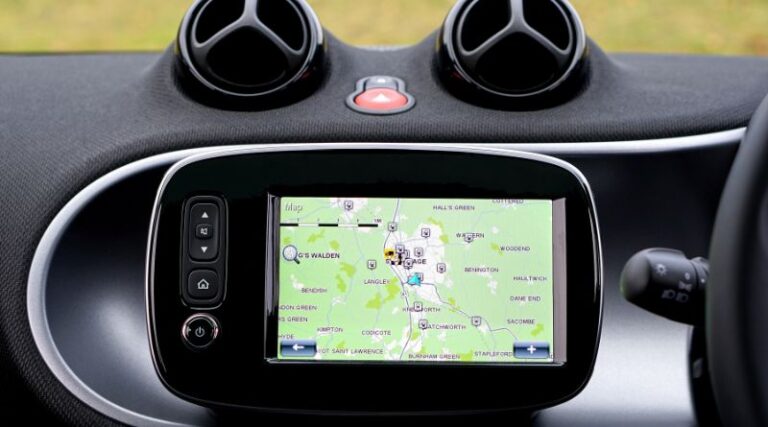Introduction
The Internet of Things (IoT) is a concept that was first introduced in the 1980s. In the last few decades, we have seen a lot of development in this field. When it comes to manufacturing, technology has evolved and become more advanced than ever before.
Artificial intelligence (AI)
Artificial intelligence (AI) is a set of technologies that allow computers to perform tasks normally requiring human intelligence, such as visual perception, speech recognition, decision-making, and translation between languages. AI is applied in areas like robotics and machine learning to help machines learn from data and make decisions on their own.
Artificial Intelligence in IoT Devices
The future of connected technology will be based on the integration of sensors with artificial intelligence for better performance in different applications. This can be done through several ways including:
- Artificial neural networks that mimic how humans think about solving problems;
- Machine learning algorithms can be trained using data from previous scenarios;
- Deep learning techniques allow computers to learn from examples instead of being taught explicitly through rules or instructions;
Machine learning
Machine learning is a subset of AI that gives computers the ability to learn without being explicitly programmed. It’s an artificial intelligence (AI) technique that uses algorithms to build a model from data and then use this model to make predictions or decisions.
Examples of machine learning algorithms include:
- Linear regression, which predicts the value for one variable given the values for multiple variables
- Logistic regression, which predicts how many people fit into each category based on their responses
Clevo NH70 Review: Specs, Price and Reviews
Augmented reality
Augmented reality is a technology that uses computer-generated sensory input to enhance the user’s perception of their surrounding environment. The term was coined by John Hennessey, in reference to “augmented reality” being used in conjunction with virtual reality.
Augmented reality basically means adding something to what you see, rather than replacing it completely with something else. For example, if you were looking at a photo album on your phone and saw an image of someone who looked familiar but you couldn’t quite place where they might be from; this could be augmented by seeing them walk right past your face as they walked by!
The idea behind augmented reality is that it can provide useful information or help users interact with their surroundings more easily than ever before (like Google Glass). In industry, there are already many examples where AR has been used – most notably in manufacturing plants where workers can see how much time they have left until an item needs finishing off before they go on break, etc.
A BRIEF HISTORY OF APPLE INC.
IoT connectivity
IoT connectivity is the most important part of IoT device manufacturing. It’s what allows devices to connect and share data with each other, as well as communicate with the outside world.
Connectivity also gives manufacturers an opportunity to create innovative new products that help consumers live better lives–and improve their daily routines. For example, if you have a connected watch or fitness tracker that monitors your heart rate during exercise sessions, you’ll be able to see how long it takes for your body to return back into its normal resting state after working out at the gym (which could be useful information). Or perhaps there are health benefits associated with eating certain foods at certain times in order for them not only to taste better but also to provide additional nutrients?
How to Access ATT mail login & Fix Issue
Comparing these technologies, GPS is the best option for IoT device manufacturing.
In this article, we’ll compare the three technologies to see which is best for IoT device manufacturing.
GPS is the best option for IoT device manufacturing because it has:
- Reliability (accuracy and availability)
- Cost-effectiveness
- Security
Conclusion
The future of IoT device manufacturing is bright. With the advent of AI and machine learning, we are able to manufacture products with more precision and accuracy than ever before. In addition, it’s easy for businesses to incorporate these technologies into their products without having any training or expertise in data collection or analysis.
for more info click here








